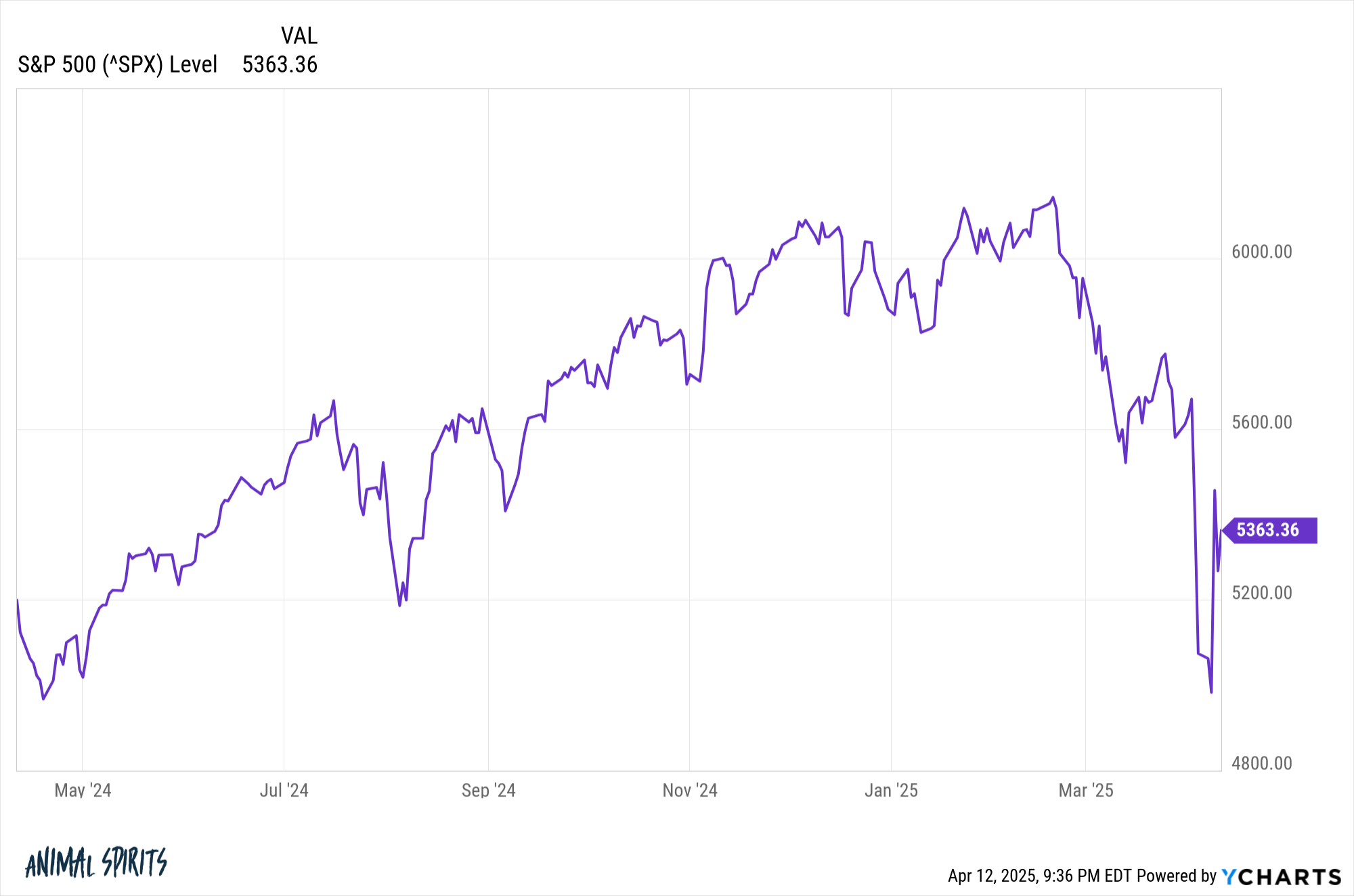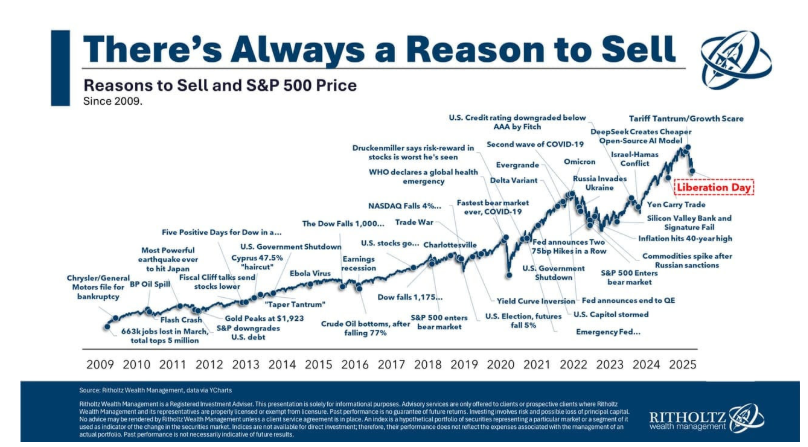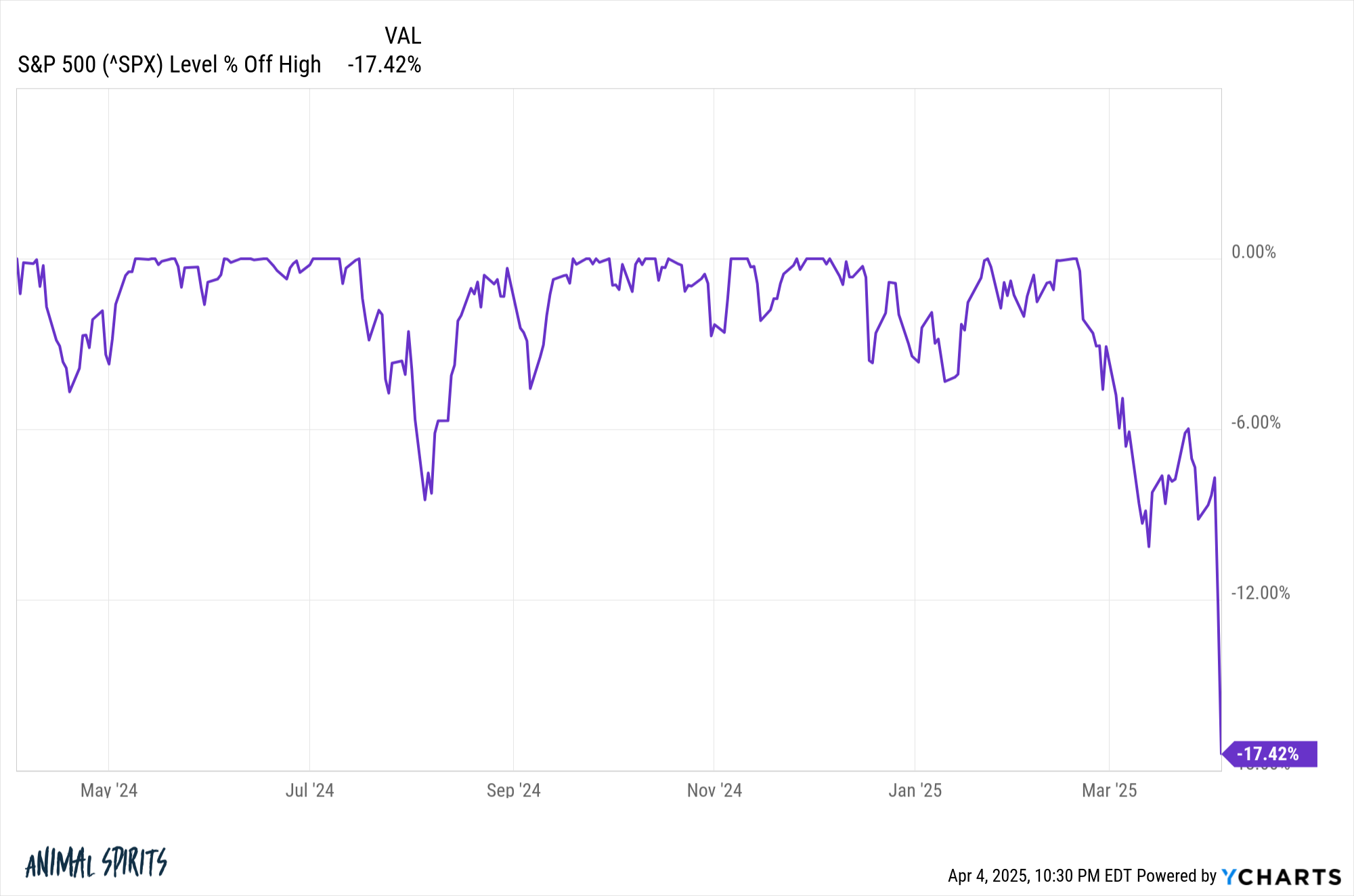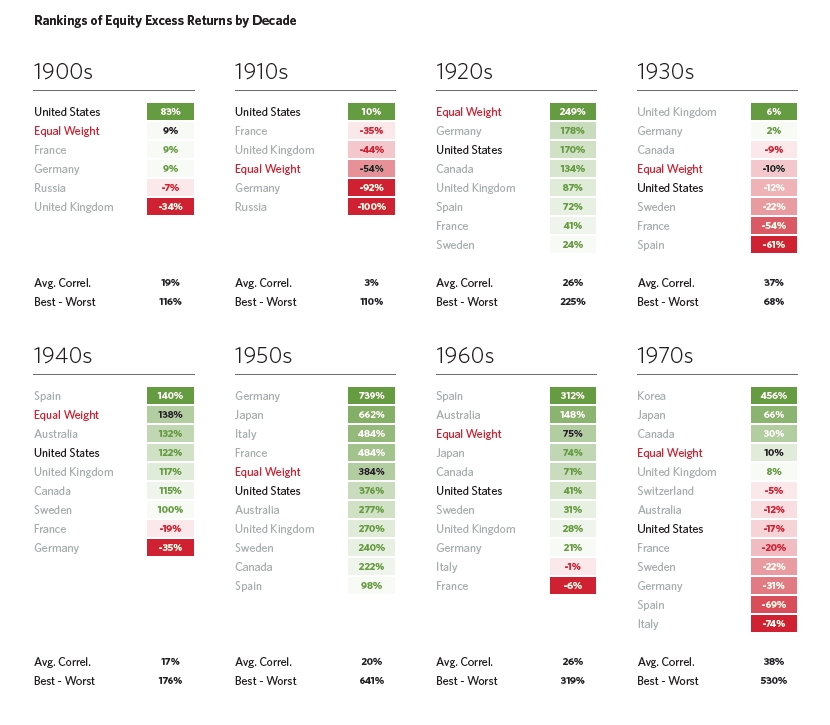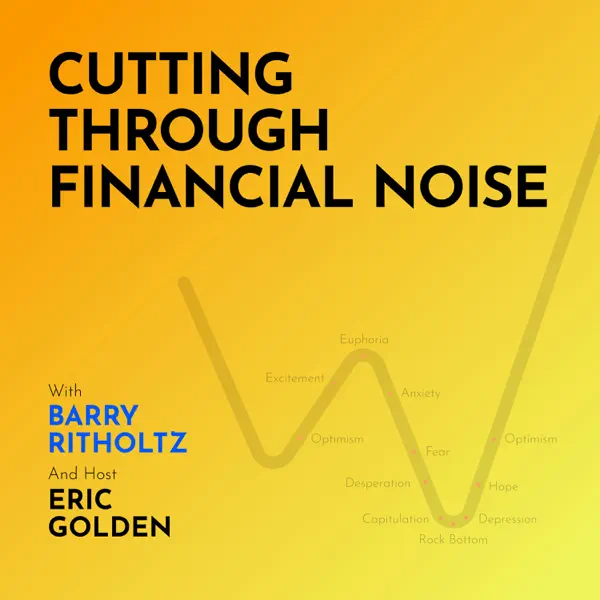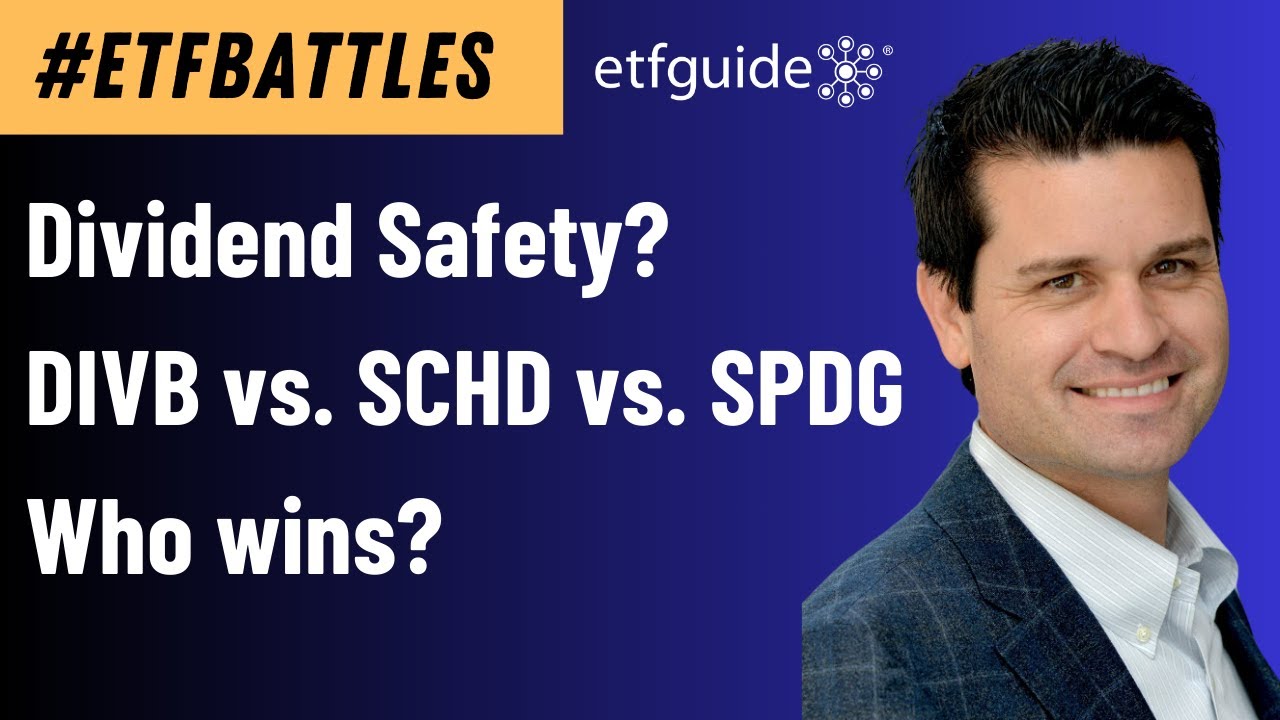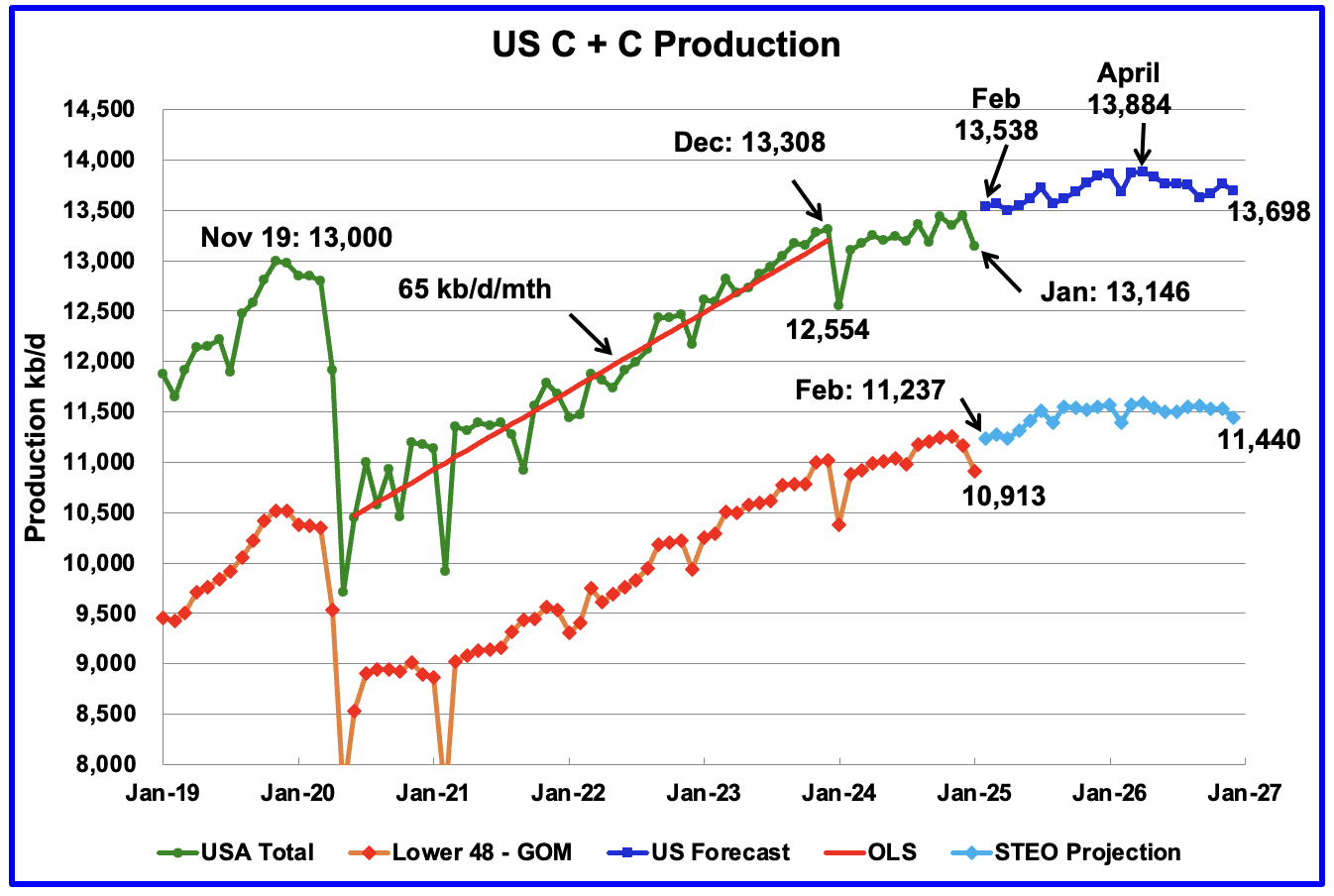Tax-Loss Harvesting for Multi-Asset Crypto Portfolios: A Primer
Systematic moves can unlock tax savings for direct index-style crypto portfolios, says Truvius’ Connor Farley.

The digital asset class is highly technical. Powered by blockchain technology and globally traded 24/7, digital asset markets are fast-moving and awash in data. A systematic investment approach may lend itself well to such a market.
Systematic investing can also unlock a critical and particularly well-suited feature for multi-asset crypto portfolios: automated tax-loss harvesting.
You're reading Crypto Long & Short, our weekly newsletter featuring insights, news and analysis for the professional investor. Sign up here to get it in your inbox every Wednesday.
What is tax-loss harvesting (TLH)?
Investors buy assets they expect to appreciate over time, but markets ebb and flow, and no asset perpetually rises without experiencing some losses along the way. Sometimes, investors hold assets at a loss.
When investors hold one or more of their assets at a loss, they can sell the depreciated asset(s), realize the loss and use those realized losses to offset realized gains or ordinary income. Simultaneously, investors re-invest the proceeds from selling the depreciated assets to purchase similar assets (e.g., selling Home Depot stock and re-purchasing Lowe’s stock), thus also generally maintaining their original portfolio exposure.
The outcome? Investors pay less in taxes at the end of the year while still maintaining their exposure — deferring near-term tax obligations and getting to keep more invested today for greater long-term compounded growth.
Why automated?
Software and algorithms are better suited to systematically exploit tax-loss harvesting (TLH) opportunities vs. manual human involvement. To effectively harvest losses, investors need to track their cost basis and purchase dates and perform the requisite trading across all of their holdings — all tasks that are more effectively handled by a mechanical process, especially when scaling up this technique for multi-asset portfolios with dozens of digital assets.
When does TLH work best?
TLH is a systematic technique that allows investors to get more from their holdings. Large, diversified liquid portfolios lend themselves well to this technique since investors can easily trade the underlying assets and replace assets with similar ones (ex: selling Coca-Cola stock and replacing it with Pepsi stock).
The same is true for crypto markets — portfolios with dozens of digital assets generally have greater TLH flexibility compared to single-asset holdings or portfolios with only a small number of digital assets.
In fact, this tax-savvy investing technique may work particularly well for crypto assets, which exhibit relatively higher volatility compared to other asset classes like equities and fixed income. While crypto’s volatility may deter some investors, TLH provides a silver lining.
When doesn’t TLH work?
Since TLH requires re-establishing one’s cost basis by selling and replacing individual assets, there are several investment choices that may not be as well-suited to TLH:
Exchange-traded funds (ETFs). An ETF represents a single holding. If an investor purchases an S&P 500 ETF, for example, that holding either represents a loss or it doesn’t, and there is no flexibility to trade the underlying stocks. If an investor instead individually purchased all 500 stocks in the S&P 500 index, they can now enact a TLH program where they can sell certain assets and re-invest in similar ones. This is a meaningful drawback to current crypto ETFs, which face the additional problem of usually only being composed of a single asset and suffer from a lack of diversification.
Single-asset investments (e.g., BTC or ETH only) or a small number of holdings (e.g., only 2-3 assets). In traditional markets, TLH can’t be used with single-asset holdings since there would be no “replacement” asset. The wash rule prevents investors in TradFi markets from selling and re-purchasing the same asset solely to claim a loss and achieve a tax deduction. Currently, however, the wash rule doesn’t exist for crypto. This absence is something crypto investors can therefore still exploit and still achieve TLH benefits with only one or a few assets, but this situation may not persist forever. More specifically, its absence is primarily the result of a lack of regulatory oversight and is not necessarily intentional.
How do investors get started?
Investors can use direct-index crypto separately managed accounts (SMAs) from crypto SMA managers to access liquid, actively managed multi-asset portfolios that encompass dozens of assets, rebalance automatically and perform automated TLH.






























































